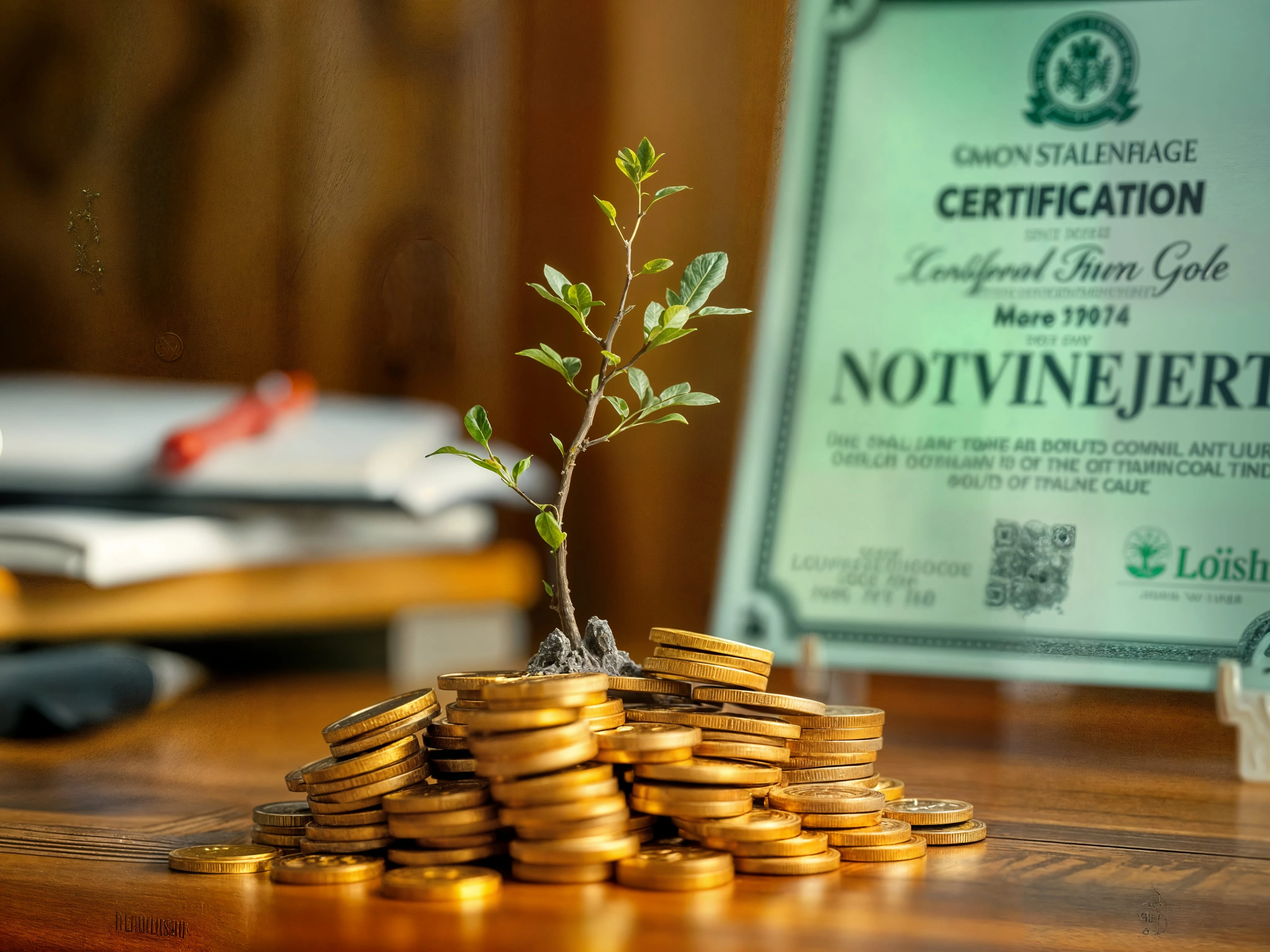Sustainable Finance: Beyond Green Bonds
Sustainable finance has evolved from green bonds into a diverse toolkit aligning capital with environmental and social goals—without sacrificing returns.
From Niche to Mainstream
Sustainable finance now includes:
- ESG integration across portfolios
- $1.6 trillion in annual issuance
- Regulatory mandates for sustainability disclosure
- Competitive or outperforming returns
Beyond Green Bonds
New Instruments
Sustainability-Linked Bonds & Derivatives: Incentivize progress with pricing tied to targets.
Blue, Biodiversity & Transition Bonds: Fund water, ecosystems, and industrial transformation.
Tokenized Environmental Assets: Use blockchain for carbon credits and renewable energy ownership.
Blended Finance & Innovation Capital
Public, private, and philanthropic capital blends to de-risk investments.
Funding climate tech and scalable impact businesses.
Example: A $500M sustainability-linked swap reduced hedging costs as a company hit emissions targets.
Sustainable Asset Classes
Real Assets
- ✓ Green Real Estate: Net-zero buildings with wellness and resilience features
- ✓ Sustainable Infrastructure: Renewable energy, water systems, and smart infrastructure
- ✓ Regenerative Agriculture: Practices that boost soil health and carbon capture
Private Markets
- ✓ Impact PE: Growth capital for sustainable business models
- ✓ Social Infrastructure: Housing, healthcare, and education
- ✓ Climate Adaptation: Investments in resilience, like flood protection and urban cooling
Measuring Impact
ISSB, EU Taxonomy, and Science-Based Targets align disclosure with science
Satellites, drones, and IoT verify outcomes
Blockchain ensures traceability of impact claims
AI and machine learning model sustainability risks and opportunities
Key Challenges
Impact Integrity
Ensuring additionality and preventing greenwashing as sustainable finance grows in popularity and complexity requires rigorous verification and transparent reporting.
Access & Scale
Lowering barriers for retail and smaller institutional investors to participate in sustainable finance opportunities that have traditionally been accessible only to large investors.
Coordination
Aligning standards and definitions across global markets to create consistency, clarity, and comparability in sustainable finance products and impact measurement.
Looking Ahead
Emerging Areas
Natural capital markets are expanding rapidly, with new mechanisms to value and monetize ecosystem services, biodiversity, and ocean health. Regenerative practices are moving beyond agriculture into other sectors.
Technology Transformation
Digital platforms democratizing access to sustainable investments, while AI-powered analytics tools are enabling more sophisticated impact measurement, risk assessment, and performance optimization.
Conclusion
Sustainable finance is no longer just about doing good—it's about doing smart business. The financial instruments, asset classes, and measurement frameworks profiled in this article represent the cutting edge of a rapidly evolving market. At SOLAVELLE GROUP, we believe investors can drive meaningful impact while achieving strong returns across every asset class, creating value that extends far beyond financial metrics.



